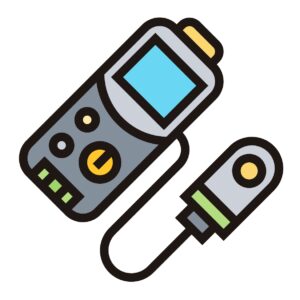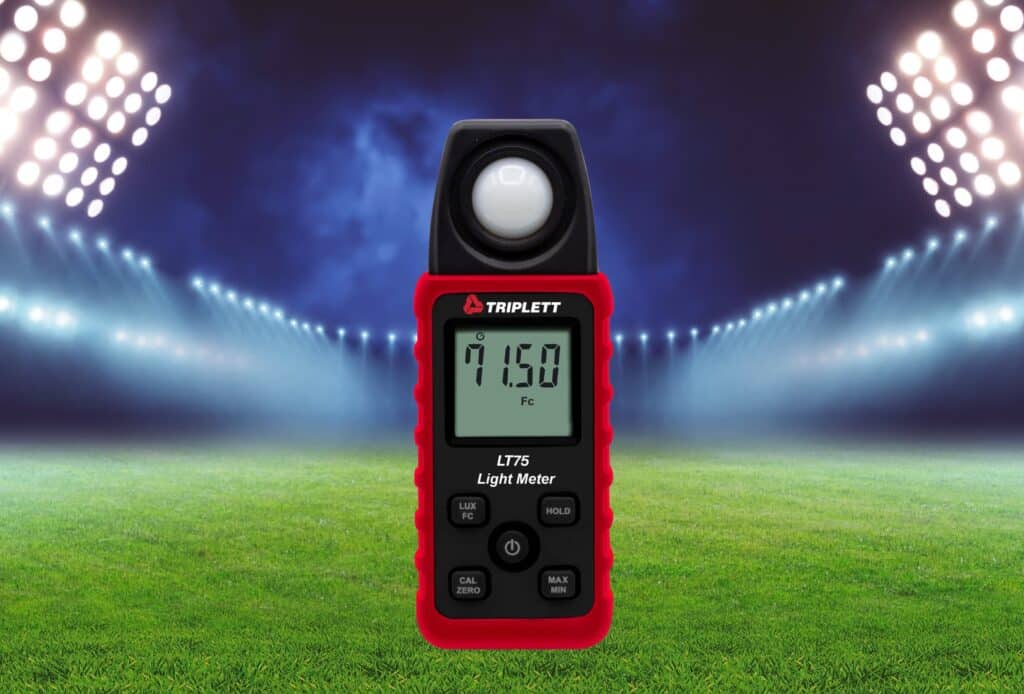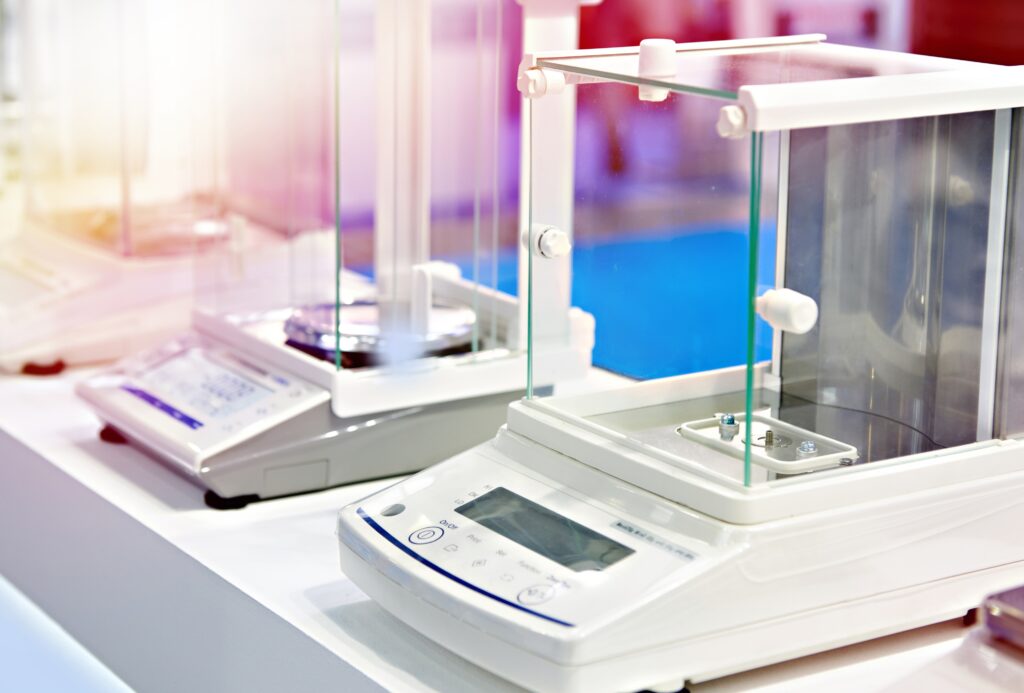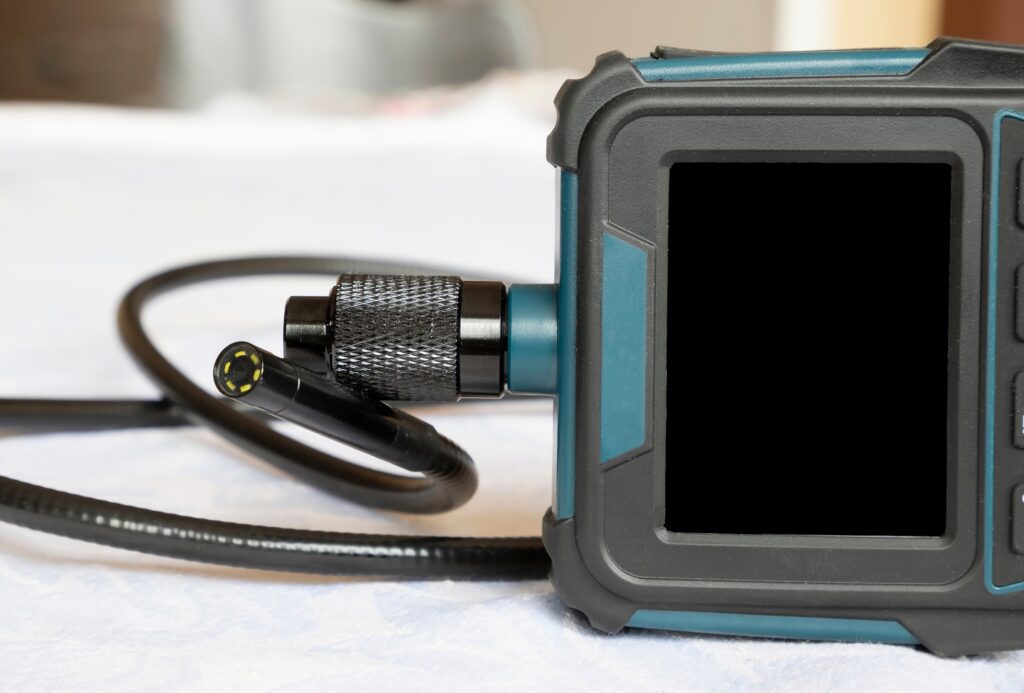Lux Meter: Everything You Need to Know About

In our daily lives, light plays a crucial role in our well-being and productivity. Whether in our homes, offices, or public spaces, adequate lighting is essential. Measuring light intensity accurately is where a lux meters comes into play. This device helps us understand and control light levels to ensure comfort, efficiency, and safety.
What is a Lux Meter?
A lux meter is a device that measures the intensity of light in a given area. It quantifies light in terms of lux (lx), the unit that represents luminous flux per unit area. Lux meters are essential in various fields, including photography, cinematography, horticulture, and workplace safety.
How Does a Lux Meter Work?
Lux meters operate based on a simple principle. They use a light sensor, usually a photodiode, which converts light into an electrical signal. The meter then processes this signal to display the light intensity in lux. Modern lux meters are digital and come with advanced features for accurate readings and ease of use.
Uses of Lux Meter
Ensuring Adequate Lighting
In workplaces, ensuring adequate lighting helps prevent eye strain and boosts productivity. Lux meters help maintain optimal lighting conditions by measuring and adjusting light levels as needed.
Photography and Cinematography
Photographers and filmmakers rely on precise lighting to capture the perfect shot. Lux meters help them control the lighting setup, ensuring consistent and high-quality results.
Horticulture
Plants need specific light levels for optimal growth. Lux meters enable growers to monitor and adjust light intensity, promoting healthy plant development and maximizing yield.
Compliance with Standards
Certain industries must comply with lighting standards to ensure safety and productivity. Lux meters help these industries meet regulatory requirements by providing accurate light measurements.
Understanding the Lux Meter Diagram

A typical light meter diagram shows the key components and their functions. It includes a light sensor, an amplifier, a microcontroller, and a display. The light sensor captures light, the amplifier boosts the signal, the microcontroller processes the data, and the display shows the results in lux.
Key Features of a Lux Meter
Sensor Type
Lux meters use different types of sensors, such as photodiodes or photovoltaic cells. The choice of sensor affects the accuracy and range of measurements.
Range and Resolution
A good lux meters offers a wide measurement range and high resolution. This ensures accurate readings across various light levels, from dim environments to bright daylight.
Data Logging
Advanced lux meters come with data logging capabilities. They store measurements over time, allowing users to track changes in light intensity and analyze trends.
Calibration
Calibration ensures that a lux meters provides accurate readings. Regular calibration is essential, especially for professional applications where precision is crucial.
Choosing the Right Lux Meter
When selecting a lux meter, consider the following factors:
Accuracy
Look for a lux meter with high accuracy and a low margin of error. This ensures reliable measurements, which are vital for professional use.
Ease of Use
A user-friendly interface with clear display and controls makes the lux meter easy to operate. Consider models with intuitive features that simplify the measurement process.
Durability
A robust and durable lux meters withstands rough handling and environmental conditions. Choose a model built with high-quality materials for long-term use.
Price
Light meter prices vary based on features and accuracy. Determine your budget and choose a model that offers the best value for your needs.
The Principle Behind Lux Meters
Lux meters operate on the principle of photometry. Photometry is the science of measuring visible light, taking into account the human eye’s sensitivity to different wavelengths. Lux meters measure the illuminance of a surface, indicating how much luminous flux is falling on it. This principle ensures that lux meters provide readings relevant to human perception of brightness.
The Importance of Light Meter Calibration
Regular calibration is crucial for maintaining the accuracy of a lux meter. Calibration involves comparing the readings of the lux meters with a known reference standard. This process identifies any deviations and adjusts the meter accordingly. Professional calibration services ensure that lux meters remain precise and reliable over time.
Understanding Lux Meter Units
Lux is the unit of illuminance, representing luminous flux per unit area. One lux equals one lumen per square meter. This unit helps quantify light intensity in a way that is relevant to human vision. Understanding lux units is essential for interpreting light meter readings and making informed decisions about lighting conditions.
Light Meter Box and Light Year Meter
While the term “light meter box” often refers to a protective case for lux meters, a “light year meter” is a less common term. However, both emphasize the importance of accurate light measurement. A sturdy light meter box protects the device from damage, ensuring its longevity and reliability.
Where to Buy Lux Meters
For those looking to purchase high-quality lux meters, consider reputable sources. Dhanbad Instruments offers a range of reliable lux meters suitable for various applications. Investing in a good lux meter ensures accurate measurements and better control over your lighting environment.
Conclusion
Lux meters are invaluable tools for measuring light intensity accurately. They find applications in diverse fields, from photography and horticulture to workplace safety and compliance. By understanding the principles and uses of lux meters, you can make informed decisions about lighting in your environment. Regular calibration and proper handling ensure that your lux meter remains a reliable instrument for years to come. Whether you need to maintain optimal lighting conditions or comply with industry standards, a light meter is an essential device in your toolkit.
Related Post
Accurate light measurement is essential for various applications, from ensuring
Analytical balances are essential in laboratories. Their high precision and
Measuring light accurately is essential for various applications. Whether you’re
Analytical balances are crucial in scientific research and industrial applications.
Weather stations play a vital role in monitoring and predicting
Welcome to the fascinating world of industrial borescope, where cutting-edge







